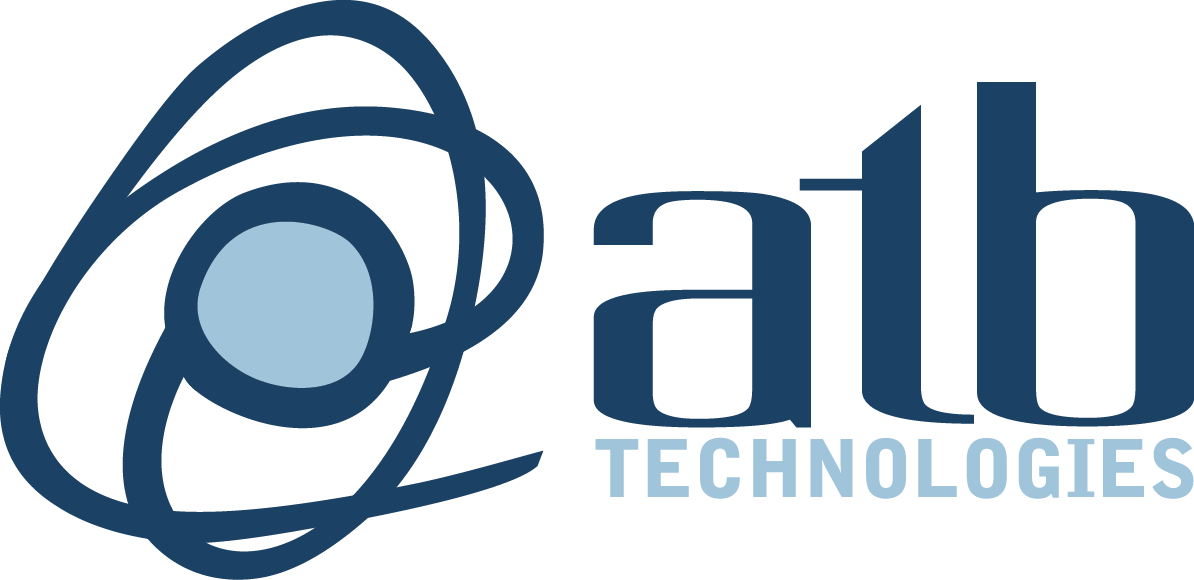[x_section style=”margin: 0px -45px -25px -45px; padding: 45px 0px 0px 0px; “][x_row inner_container=”true” marginless_columns=”false” bg_color=”” style=”margin: 0px auto 0px auto; padding: 0px 0px 0px 0px; “][x_column bg_color=”” type=”1/1″ style=”padding: 0px 0px 0px 0px; “][x_text] ERP Roadblocks: Two scenarios that could be costing you money
ERP Roadblocks: Two scenarios that could be costing you money
Roughly 30% of respondents to a recent study reported being unable to serve their customers as well as they would like due to a lack of functionality in their ERP system (1). Whether it’s your customers or your employees that are suffering, if your current ERP system is no longer a viable solution for your company, it’s time to make a change. An ERP isn’t going to last forever; companies grow, needs change, and technologies evolve that require updates. Regardless of the reason why, the first step is to determine whether your current ERP can be saved or whether you need to implement an entirely new ERP solution. The cost difference between these two options is significant. But until you determine what roadblocks you’re dealing with, it’s difficult to make that decision.
ERP Roadblock: Bad configurations
Chances are that if your ERP is 15-20 years old, not much planning went into its integration. In the late 90’s and early 2000’s, the process wasn’t thought through as well as it is today. Companies didn’t typically consider how their ERP solution would work long-term. In many cases, a lack of understanding led to incorrect implementation. Asking the right questions up front can help you determine what configurations are vital to your organization
- Is this the right process?
- Does this work for our accounting department?
- Will this live up to our inventory standards?
- How can we be more productive and efficient?
- What will allow us to better integrate all departments?
According to Gartner, 75% of all ERP implementations fail (2). But you can avoid the statistic if you can establish clear goals and gain a firm understanding of your company’s capabilities and growth potential.
Realizing that your ERP’s configurations are bad doesn’t necessarily mean that your provider failed to implement it correctly. As your products and processes change and technologies evolve over the years, your existing ERP solution may have begun to fall behind, failing to suit your current business needs. That could be due to a lack of understanding all the capabilities your ERP offers that are simply “turned off.” Scalability is critical for modern companies who want to leverage a long-term ERP solution. Before you throw out your current system for a more modern solution, be sure you know whether you’re taking advantage of all of your available ERP modules.
Pre-planning is a critical step in choosing and integrating the right ERP for your business. Begin with a thorough evaluation of your company’s requirements, and your ERP’s capabilities. Keep in mind that most ERPs are generic, and require the right consultant to customize a solution to your unique processes and business model. Companies in regulated industries may have the need for greater customization in order to remain compliant.
A software-agnostic ERP consultant can help identify opportunities that exist for your company. Correct implantation requires thinking about the future of not only your company but the industry as a whole. Planning, education, testing, and support should all be a part of the implementation process. If a thorough analysis of your ERP system reveals that your configurations are solid, but your current ERP isn’t functioning as well as it could, there might be an issue with the hardware.
ERP Roadblock: Missing Hardware
If your ERP software isn’t supported by the right hardware, it can’t work to its full potential. Determining whether you have the appropriate infrastructure will depend on several factors, such as the number of users and locations, and the types of integrations. Ten years ago, keyboards were used to manually type in serial numbers. Today, barcodes are scanned, bypassing the need to key in the information and alleviating the potential for human error. With the advent of cloud computing, companies began moving their data off on-premises servers in favor of a hybrid or cloud solution. And the Internet of Things (IoT) brought about the proliferation of smart devices that can capture data and predict things like maintenance schedules and inventory needs. If your ERP is hosted solely in on-premises servers, you may be able to upgrade to a hybrid solution, migrating some data and software to the cloud, while leaving larger files and software that is rarely used on legacy systems. To determine the type of infrastructure that’s most suitable for your business needs, consider what’s missing from your current ERP. Are there modern tools and technologies that would create a more seamless experience?
It’s possible that your system requires a complete overhaul. More often than not, though, companies simply fail to take advantage of their ERP system’s full offerings.
If you’re going to invest the time and expense of upgrading your ERP software, it’s critical that you also consider potential hardware and infrastructure issues. Installing the latest version of software on top of legacy operating systems and hardware can cause larger issues. A hybrid model offers the flexibility to grow into your ERP solution by adding new SaaS-based modules, such as a CRM tool, without having to start over. If your infrastructure is sound but your ERP is no longer a viable solution, data could be the roadblock.
ERP Roadblock: Lack of timely reporting
Traditionally, reporting has been a painfully slow process. Canned reports were dumped into an Excel file where they could be manually manipulated. Those massive reports were then distributed to executives and stakeholders—several days later. By the time that data was analyzed, each department pulling out the specific information needed for its role, the information was outdated.
Today, we have an endless amount of data at our fingertips. And unlike traditional reports, executives have the ability to gather only the data they need in real-time to make informed decisions that have a positive impact on their business strategy and bottom line. But without the right tools to capture, sort, and analyze that data, key insights can get left on the table. Modern ERP solutions offer incredible analytics, but if companies don’t take advantage of those offerings, they can’t use the power of that data to strengthen their business. ERP systems that provide accurate, real-time information about daily operations help companies reduce operational costs by 23% and administration costs by 22% (3). Real-time data helps companies make smarter, more informed decisions.
To Save or To Start Over? Decision time
When you’re frustrated with a lack of productivity from your current ERP, it’s easy to assume you’ll need to scrap it and spend six figures on an entirely new solution. In fact, ERP providers will recommend a complete implementation in order to make a sale. A software-agnostic ERP consultant can take an objective look at your existing solution to find out what’s missing, and what modules might be available to turn on. Chances are, a smaller investment may be all you need in order to upgrade your existing ERP so that it better serves your customers, and drives efficiency, reduces costs and drain on resources, and supports speed, flexibility, and rapid outcome for your business. If you do need a new ERP system, the right consultant can help you plan for and select a flexible architecture model that will continue to serve your company well into the future, giving you the most for your investment.
Choosing a flexible architecture model that drives efficiency, reduces costs and resources, and supports speed, flexibility, and rapid outcomes take time and can be overwhelming. A software-agnostic ERP consultant can objectively evaluate your current situation and point you in the right direction.
About ATB Technologies: St. Louis’ premier software-agnostic ERP consultants
ATB is a software-agnostic technology provider, with expertise in both cloud and on-premise infrastructure, software development, and ERP implementation. Our expertise in the changing ERP landscape puts us in a unique position to develop a custom solution that fits the needs of your company. We manage every step of the process from design and architecture to implementation and ongoing management.
With a focus on what your company needs out of its ERP software, we research the best solution—regardless of brand—and hold ourselves accountable for the end result.
That means we’ll work tirelessly to ensure your ERP solution runs seamlessly and, most importantly, provides the desired ROI.
We’ll serve as the buffer between your company and the software vendor, as well as between management and apprehensive employees, to safeguard against delays, conflict, and cost overruns.
Schedule a free consultation with our team of ERP experts and we’ll begin analyzing your existing ERP solution to determine which is the best scenario for you now and into the future.[/x_text][x_prompt type=”left” title=”Call Us Today” message=”Give us a call: 314-878-4166″ button_text=”Contact Us Online” button_icon=”comment” circle=”false” href=”/contact/” href_title=”” target=””][/x_column][/x_row][/x_section]
